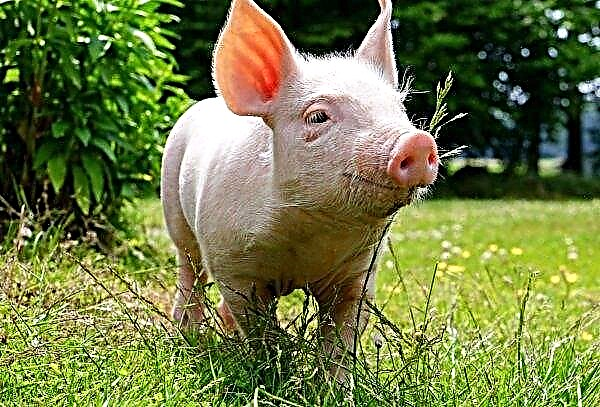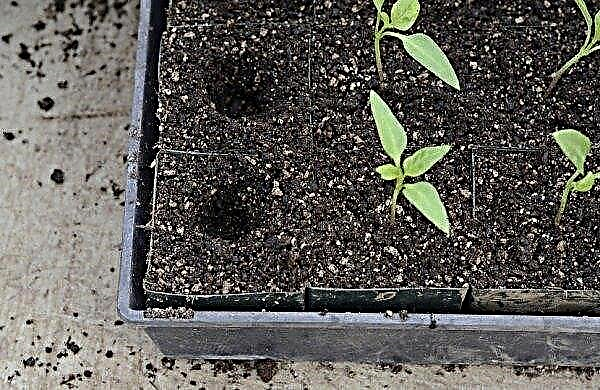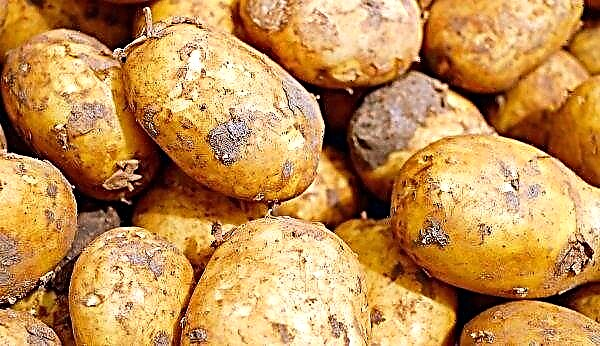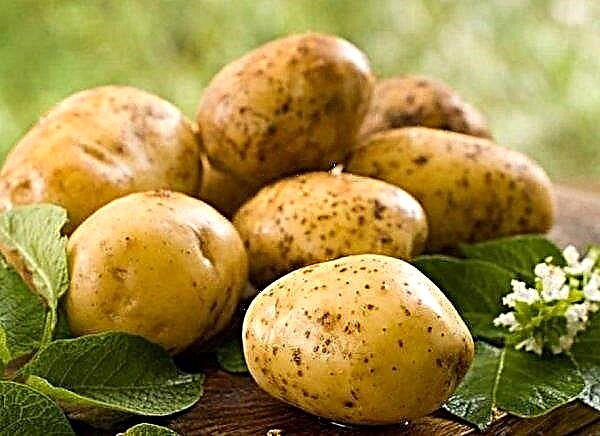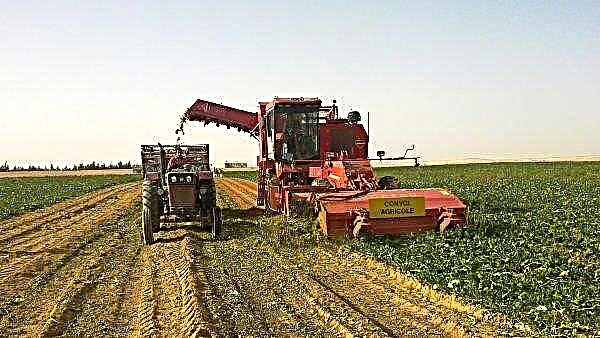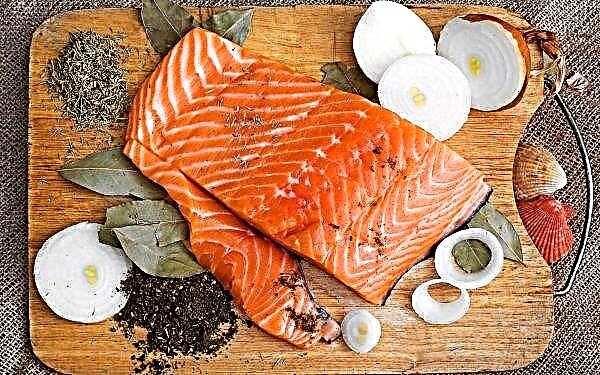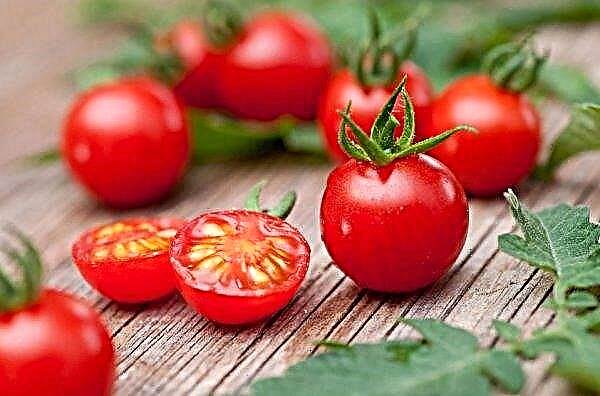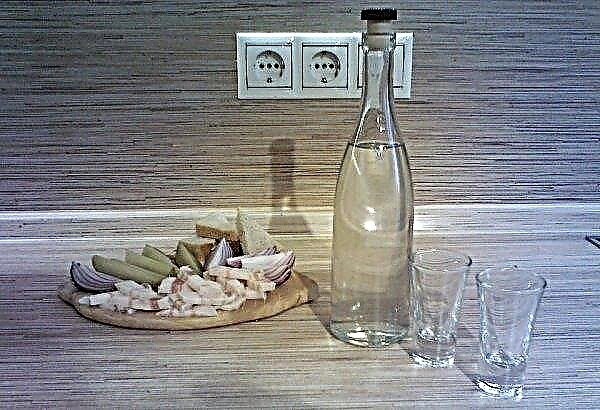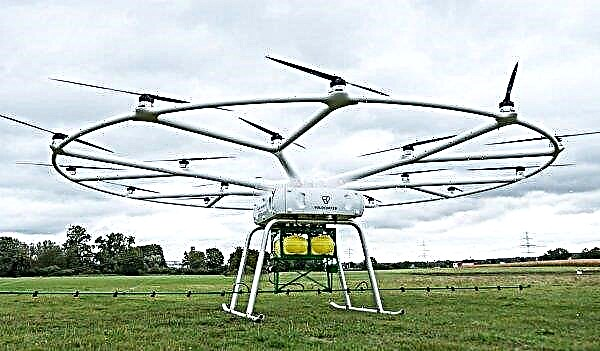Changes in weather conditions again caused great damage to the European horticultural sector in 2019. The largest producing countries had to cope with extreme weather conditions in the summer months, which led to lower yields in some regions.
A recent report by the European Environment Agency (EEA) predicts that climate change will reduce the value of the European agricultural sector by 16% by 2050 due to drought and increased rainfall.
According to the report, climate change will turn the entire agricultural and horticultural sector in the EU upside down.

Yields in the Mediterranean countries are expected to fall (by more than 80% by 2100), while growing periods in the regions in the north and west of Europe will become longer and conditions for expanding cultivation will become more favorable.
Dry periods will occur more often in spring and summer, especially in the Mediterranean, while the value of agricultural land in Western Europe will increase by 8% or even higher percentage in Scandinavia and the Baltic countries.

In the summer months of 2017, 2018 and 2019. part of Europe struggled with water scarcity and drought, while another part had to endure floods.
Across Europe, high temperatures adversely affected the cultivation of summer crops. High daytime temperatures and the lack of sufficient water had a negative impact on pollination. High night temperatures reduced daily biomass accumulation, thereby reducing production potential.
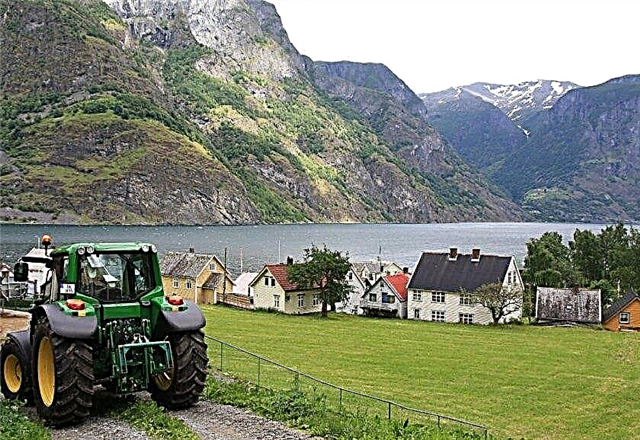
This summer, at least three heat waves were recorded: air temperature rose above 40 ° C in the center and in the north of France, in the Benelux countries, north-west Germany and some parts of the Iberian Peninsula.

